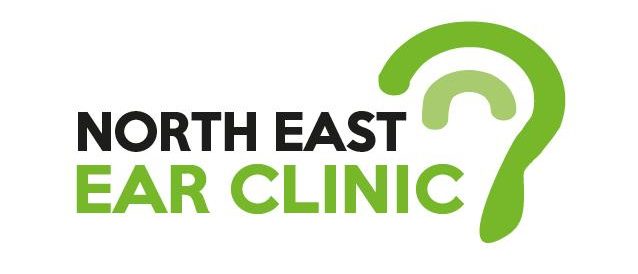You may also like
Your hearing professional can recommend one or more types based on factors such as your level of hearing loss, aesthetic preferences, lifestyle […]
To help reduce the spread of the coronavirus more peple are wearing masks, but it does come with one unintended consequence: interfering with communication.
Ear wax is not a sign of poor hygiene. It is a completely natural substance that is produced by all of us […]
A recent survey revealed the number of participants who never use their hearing aid devices has declined over the last 15 years.




